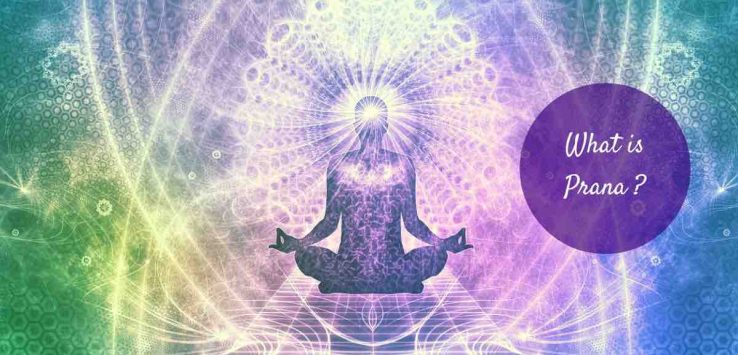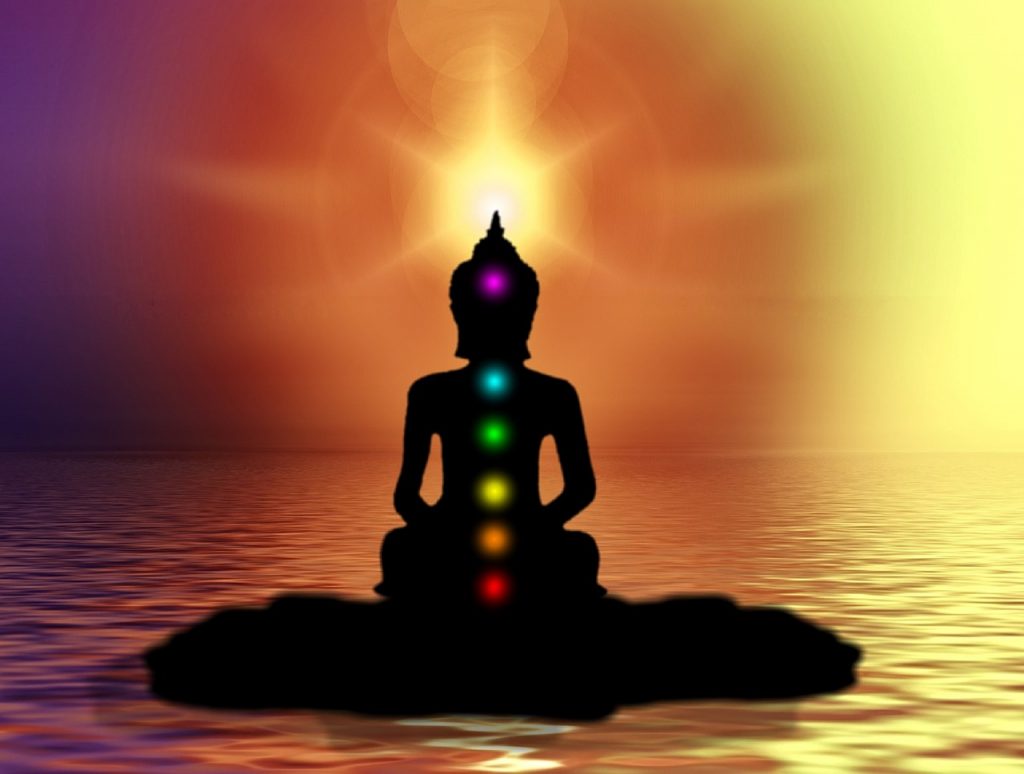- 19Shares
What is Prana?
Let’s begin with the Prana definition. Prana is the Sanskrit word for the cosmic energy that is the essence of our existence. It is the vitality within us. Yoga, Ayurveda, Tantra as well as Traditional Chinese Medicine have the same Prana definition. In Chinese philosophy, Prana energy is known as Chi.
What Is Prana Important For?
Well, the importance is found in the Prana definition itself – Prana is the driving force behind life. It regulates the functioning of our bodies. When Prana energy is flowing freely, we experience a state of positivity, health, and well-being. When Prana is low and blocked, it leads to sickness and even death.
Prana, Nadis And The Seven Chakras
Prana cannot be created nor destroyed. Its nature is to flow. But what is Prana flowing through?
Just like we have a physical body, we also have a ‘subtle energy body’ in which Prana flows through nadis, channels that resemble nerves. There are thousands of nadis but three main ones:
- Sushumna Nadi is the central and prime channel of Prana flow. It is like the spine of the subtle energy body. It runs from the locations of the Root Chakra to the Crown Chakra.
- Pingala Nadi represents the masculine, solar, dynamic, and physical aspects of ourselves. It is located at the right of the Sushumna.
- Ida Nadi represents the feminine, lunar, relaxed, and mental aspects. It is located at the left of the Sushumna.
The Pingala and Ida nadis criss-cross and intersect each other at the points of the Sushumna. These intersections form the seven main Chakras.
So, the Chakras are simply points of high Prana. When we speak of blockages, hyperactivity or underactiveness in Chakras, we are essentially talking about the Prana energy.
Five Types Of Prana Energy: Vayus
1. Prana Vayu
Concentrated in the head and heart regions, it’s the primary force of energy. It governs inward as well as upward movements. It is responsible for the way we receive everything: thoughts, food, information, and the air we breathe.
2. Apana Vayu
Located at the tailbone, Apana Vayu governs movement in downward and outward directions – elimination, detoxification, menstruation, child birth, and ejaculation. On the mental level, it relates to releasing negativity and being grounded.
3. Vyana Vayu
Vyana Vayu flows throughout the body from the centre to the outside. It is responsible for circulation in every way – blood, oxygen, emotions, nutrients, and thoughts. It also governs expansive of life force energy outisde the body.
4. Samana Vayu
Opposite to Vyana, Samana flows from the outside body’s boundaries towards the navel centre. Its functions involve processing and digestion of emotions, information, food, thoughts, and experiences. When out of balance, we face problems in processing our life experiences and food.
5. Udana Vayu
Situated at the throat, Udana Vayu governs upward movements in the body and mind. It is responsible for physical as well as mental growth. It also relates to expression, communication, and setting as well as reaching goals.
Now, you have understood some essential facts about Prana. Stay tuned for more!
Note: Posts on Ayurvedum are solely for the purpose of sharing the goodness of Ayurveda and bringing awareness about natural and healthy living. Please do not substitute it for professional medical advice. Ingredients discussed can interfere with certain medications. So, before using anything to treat yourself, always consult an Ayurveda doctor or practitioner.








Leave a Reply